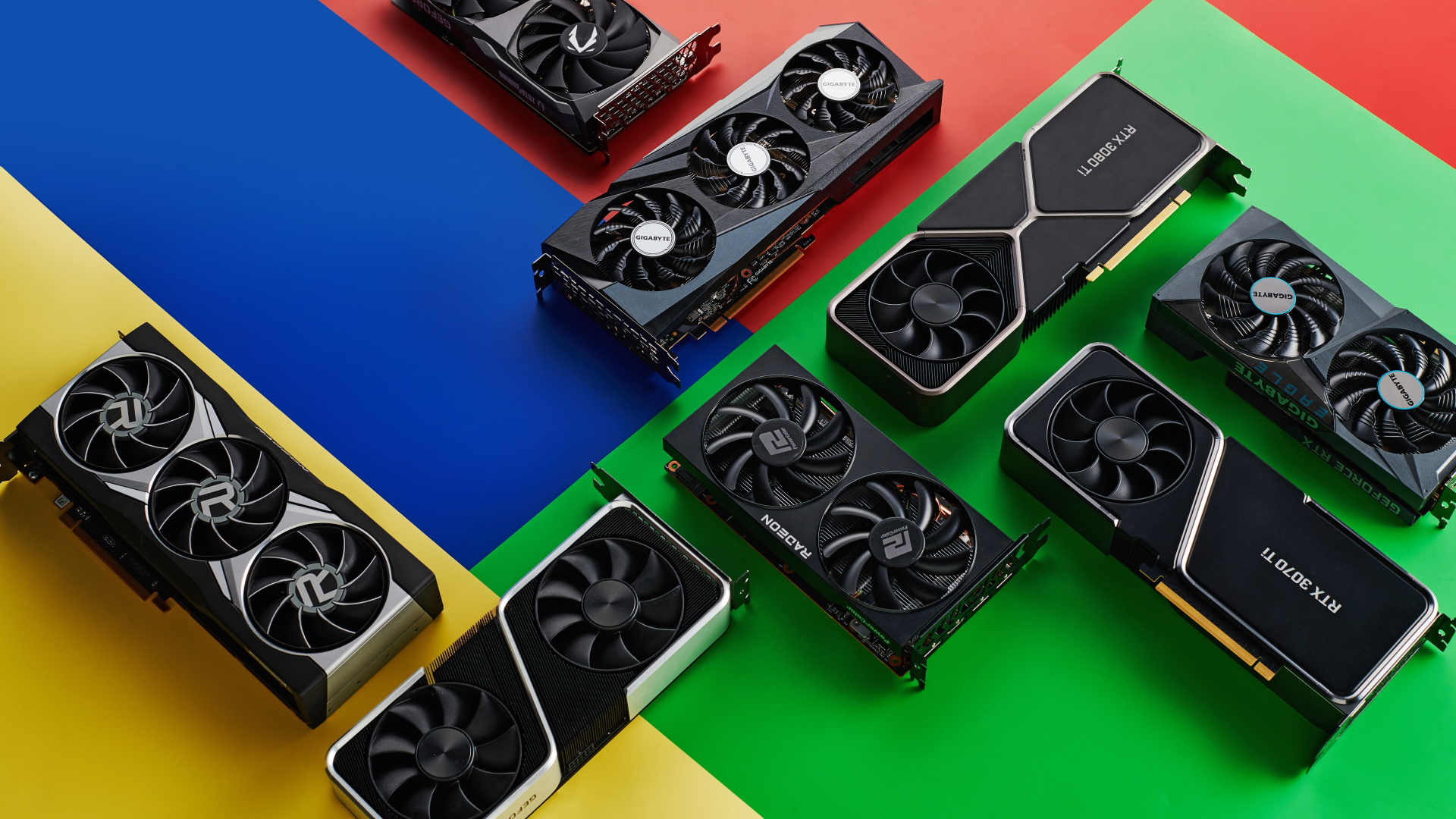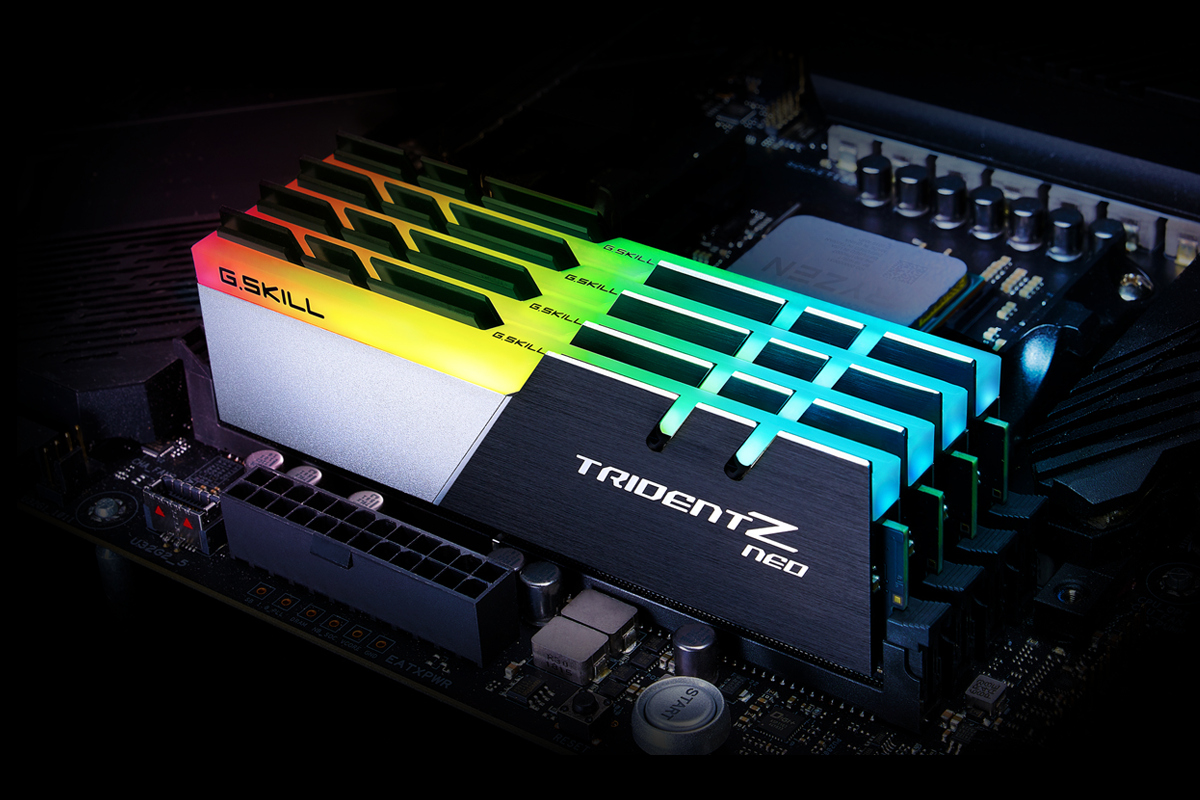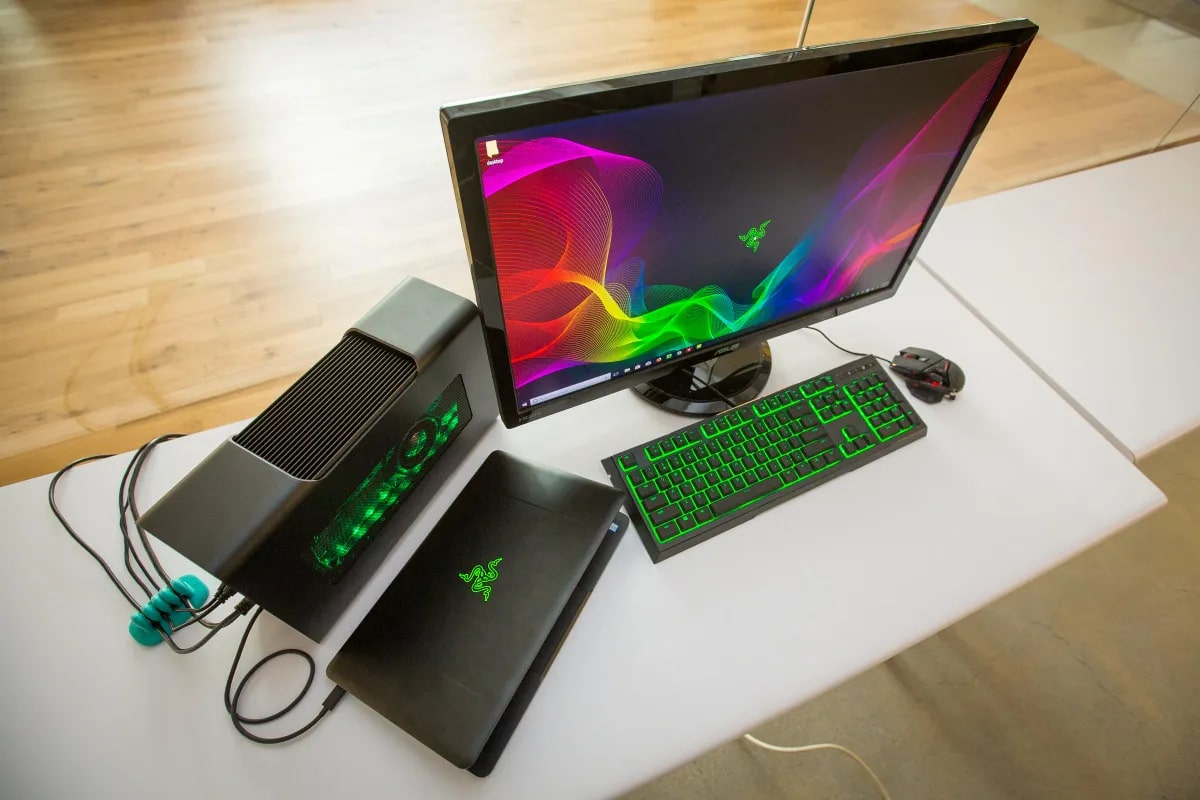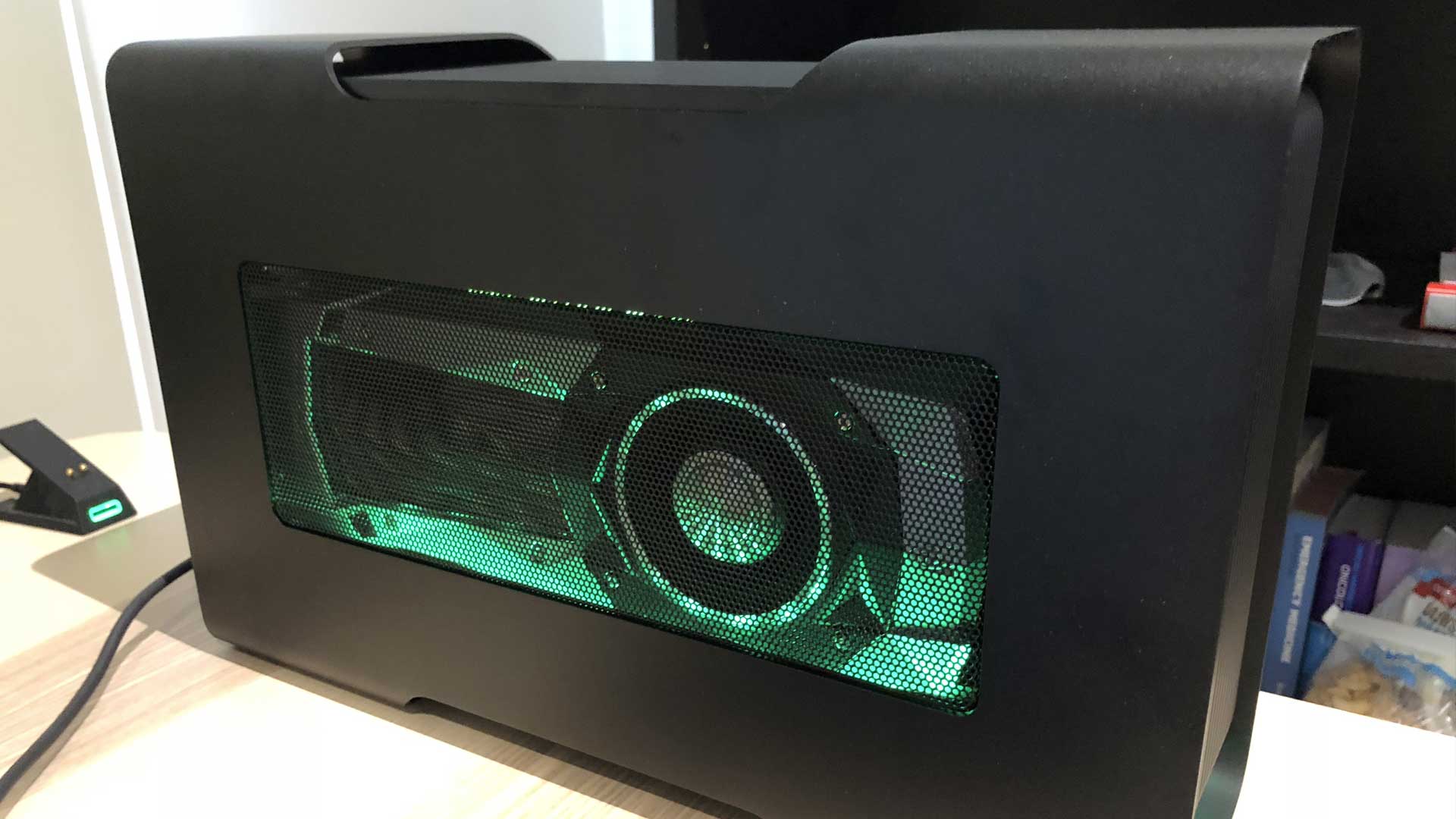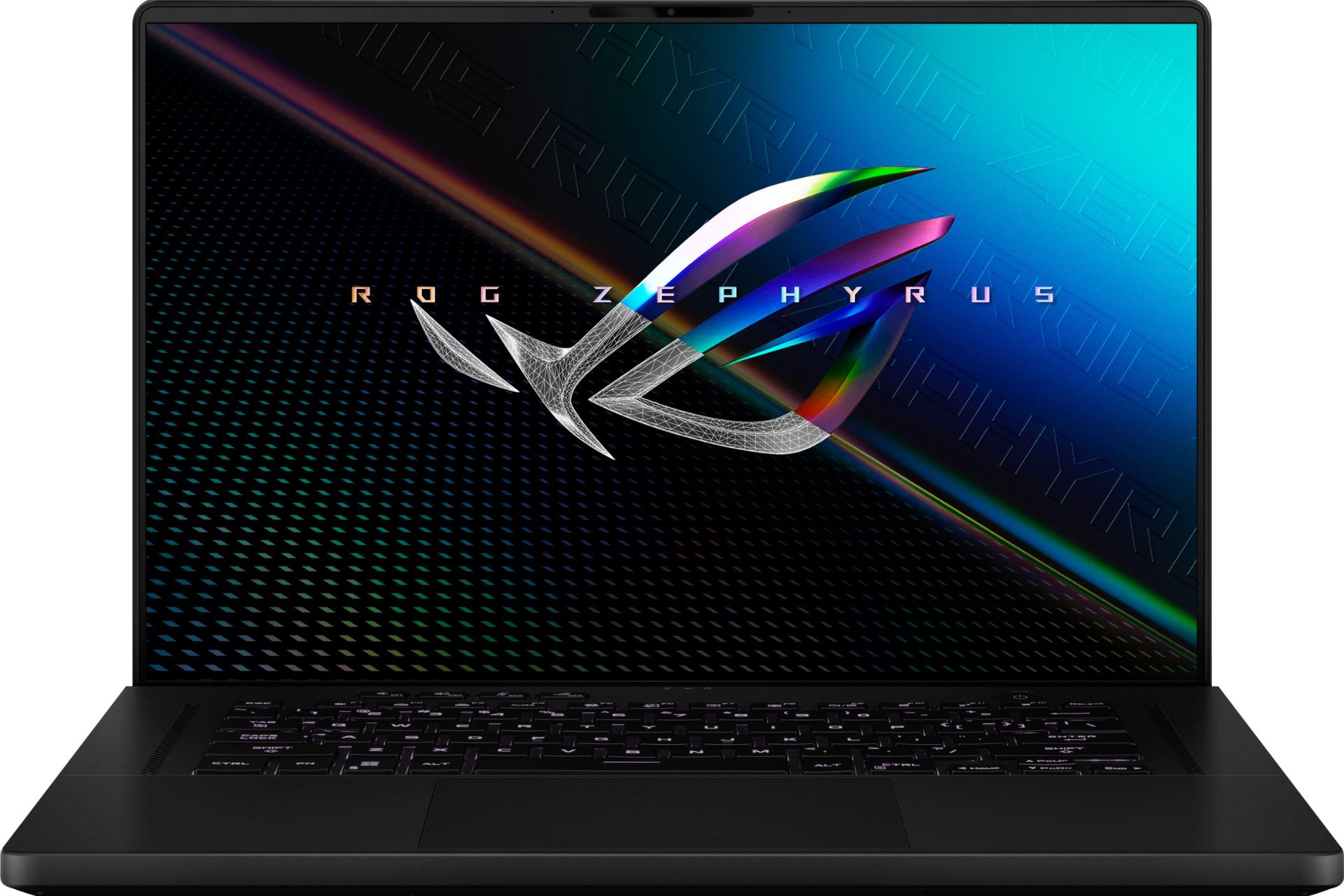Introduction
The graphics card is an essential component of any modern computer, whether you’re a gamer looking to experience stunning visuals or a creative professional seeking to render complex designs. But with the vast array of options available in the market, it can be overwhelming to decide which graphics card is right for you.
When buying a graphics card, there are several factors to consider, such as your budget, the purpose of your computer usage (gaming, creative work, virtual reality, etc.), and the specific requirements of the software you plan to use. By taking these factors into account, you can make an informed decision that meets your needs and maximizes the performance of your computer.
In this article, we will guide you through the process of choosing the perfect graphics card. We will offer recommendations for budget-friendly options, mid-range choices, and high-end models to cater to different price ranges. We’ll also discuss graphics cards suited for gaming, creative professionals, virtual reality enthusiasts, and even those interested in cryptocurrency mining.
Whether you’re a casual gamer, a professional designer, or someone who wants to get into the exciting world of virtual reality, we’ve got you covered. By the end of this article, you’ll have a clear understanding of the different graphics card options available and be well-equipped to make an informed decision that suits your specific needs and preferences.
Factors to Consider When Buying a Graphics Card
When it comes to purchasing a graphics card, there are several key factors to consider in order to ensure that you choose the right one for your needs.
1. Purpose: Determine the primary purpose of your computer usage. Are you primarily a gamer, a creative professional, or do you use your computer for a mix of tasks? Different graphics cards are optimized for specific purposes, so understanding your intended usage is crucial.
2. Budget: Establish a budget for your graphics card purchase. Graphics cards come in a wide price range, so it’s important to know how much you’re willing to spend. Find a balance between your requirements and your budget to get the best value for your money.
3. Compatibility: Ensure that the graphics card is compatible with your computer’s hardware configuration. Check the motherboard specifications to see if it supports the graphics card you are considering. Also, make sure your power supply unit can handle the power requirements of the graphics card.
4. Performance: Consider the performance requirements of the software you plan to use. If you’re a gamer, look for a graphics card that can handle the latest games with high frame rates and resolutions. For creative professionals, choose a card that can efficiently render and process complex designs and projects.
5. Memory and Bandwidth: The amount of memory (VRAM) on the graphics card and its bandwidth play a significant role in performance. Higher memory and bandwidth allow for smoother rendering and handling of large textures and high-resolution displays. Consider these factors based on your usage requirements.
6. Cooling and Power: Graphics cards generate a substantial amount of heat, so ensure that the card you choose has an efficient cooling solution. Look for models with multiple fans or liquid cooling options to prevent overheating. Additionally, check the power requirements of the card and make sure your power supply unit can handle it.
7. Future-proofing: Consider the longevity of the graphics card and its ability to handle future software updates and advancements. Investing in a slightly more powerful card may provide longevity and prevent the need for an upgrade in the near future.
8. Reviews and Recommendations: Read online reviews and seek recommendations from trusted sources before making a final decision. User reviews can provide valuable insights into the performance, reliability, and customer satisfaction of a particular graphics card model.
By taking these factors into account, you can confidently select a graphics card that suits your specific needs and ensures optimal performance for your computer setup.
Budget-Friendly Graphics Cards
If you’re looking for a graphics card that offers excellent performance without breaking the bank, there are several budget-friendly options available in the market. These options provide a decent gaming experience and are suitable for casual gamers or those on a tight budget.
1. NVIDIA GeForce GTX 1650: The GTX 1650 is an affordable option that offers solid performance for 1080p gaming. It is equipped with 4GB of VRAM and provides a good balance between price and performance. It is also energy-efficient, making it an ideal choice for budget-conscious gamers.
2. AMD Radeon RX 5600 XT: The RX 5600 XT is another budget-friendly option that delivers impressive performance at 1080p and even handles some 1440p gaming. It features 6GB of VRAM and utilizes AMD’s advanced RDNA architecture to provide a smooth gaming experience without breaking the bank.
3. NVIDIA GeForce GTX 1660 Super: The GTX 1660 Super is a popular choice in the budget segment, offering excellent value for money. With its 6GB of VRAM and impressive performance, it can handle most modern games at 1080p with ease. It is also power-efficient and provides good overclocking potential.
4. AMD Radeon RX 570: If you’re on a tight budget, the RX 570 offers great value. With 4GB of VRAM and solid performance, it can handle 1080p gaming at respectable frame rates. It’s an ideal choice for casual gamers or those looking to upgrade from integrated graphics.
5. NVIDIA GeForce GTX 1050 Ti: Although it’s an older model, the GTX 1050 Ti still delivers decent gaming performance for budget-conscious users. With 4GB of VRAM and power-efficient operation, it can handle older games and even some modern titles at lower settings.
These budget-friendly graphics cards provide a cost-effective solution for gamers who don’t require top-of-the-line performance but still want to enjoy smooth gameplay. It’s important to note that while these cards offer good value, they may not be suitable for demanding gaming at higher resolutions or settings. However, for casual gamers or those on a limited budget, these options are certainly worth considering.
Mid-Range Graphics Cards
If you’re a gamer or creative professional looking for more power and performance without breaking the bank, mid-range graphics cards offer a great balance between affordability and capability. These cards provide a significant boost in performance, allowing you to tackle demanding tasks and enjoy a smooth gaming experience.
1. NVIDIA GeForce GTX 1660 Ti: The GTX 1660 Ti is a popular mid-range option that offers excellent performance for 1080p and even some 1440p gaming. With 6GB of VRAM and NVIDIA’s Turing architecture, it delivers impressive visuals and smooth gameplay in most modern titles.
2. AMD Radeon RX 5700 XT: The RX 5700 XT is a powerful mid-range card that competes with higher-end options. With 8GB of VRAM and AMD’s RDNA architecture, it can handle 1440p gaming and even some entry-level 4K gaming. It’s a great choice for gamers looking for high performance at a reasonable price.
3. NVIDIA GeForce RTX 2060 Super: The RTX 2060 Super is an upgraded version of the original RTX 2060, offering improved performance and features. With 8GB of VRAM and real-time ray tracing capabilities, it delivers stunning visuals and smooth gameplay in both traditional and ray-traced games.
4. AMD Radeon RX 5600 XT: Although mentioned in the budget-friendly section, the RX 5600 XT also falls into the mid-range category. With 6GB of VRAM and impressive performance, it can handle 1080p and even some 1440p gaming. It’s a great choice for gamers on a mid-range budget.
5. NVIDIA GeForce GTX 1070: While not the latest generation, the GTX 1070 is still a solid mid-range option, offering 8GB of VRAM and excellent performance for 1080p and 1440p gaming. It’s a reliable choice for gamers and creative professionals alike.
These mid-range graphics cards provide a significant performance boost compared to budget-friendly options, making them ideal for gamers who want to play the latest titles at higher resolutions and settings. They also offer better performance for creative work such as video editing and 3D rendering. If you’re looking for a balance between affordability and power, these mid-range options are worth considering.
High-End Graphics Cards
If you’re a hardcore gamer or a professional in need of top-of-the-line performance, high-end graphics cards provide the ultimate power and capabilities. These cards are designed to deliver exceptional performance in the most demanding gaming scenarios, as well as handle intensive creative workloads with ease.
1. NVIDIA GeForce RTX 3080: The RTX 3080 is a flagship card that offers groundbreaking performance and features. With 10GB or 12GB of VRAM and NVIDIA’s Ampere architecture, it delivers stunning visuals and uncompromising performance in 4K gaming and even entry-level 8K gaming. It’s the perfect choice for gamers who want the absolute best.
2. AMD Radeon RX 6800 XT: The RX 6800 XT is AMD’s high-end offering, providing exceptional performance for gaming and content creation. With 16GB of VRAM and AMD’s RDNA 2 architecture, it delivers incredible performance in 4K gaming and handles demanding creative tasks with ease.
3. NVIDIA GeForce RTX 3090: The RTX 3090 is the pinnacle of graphics card performance, boasting a massive 24GB of VRAM and unprecedented power. It’s designed for professionals working with complex simulations, AI development, and high-resolution content creation. It also offers incredible gaming performance in 4K and even enables smooth gameplay in 8K resolutions.
4. AMD Radeon RX 6900 XT: The RX 6900 XT is AMD’s flagship GPU, offering exceptional gaming and content creation capabilities. With 16GB of VRAM and AMD’s RDNA 2 architecture, it delivers outstanding 4K gaming performance and handles demanding creative workloads with ease.
5. NVIDIA Titan RTX: The Titan RTX is the pinnacle of NVIDIA’s consumer graphics card lineup. With a massive 24GB of VRAM and unmatched power, it delivers unrivaled performance for gaming and professional tasks alike. It’s designed for professionals who require the absolute best performance and features.
These high-end graphics cards are built with the latest technologies and offer unprecedented performance capabilities. Whether you’re a serious gamer looking to push the limits of gaming or a professional in need of uncompromising performance for creative work, these high-end options are sure to deliver beyond your expectations.
Graphics Cards for Gaming
For gamers, the choice of a graphics card plays a crucial role in determining the gaming experience. The right graphics card can provide smooth gameplay, stunning visuals, and the ability to play the latest games at high resolutions and frame rates. Here are some graphics cards that are well-suited for gaming:
1. NVIDIA GeForce RTX 3080: The RTX 3080 is a powerhouse graphics card that offers groundbreaking performance for gaming. With its 10GB or 12GB of VRAM and NVIDIA’s Ampere architecture, it delivers exceptional gaming visuals and supports real-time ray tracing for more realistic lighting and reflections.
2. AMD Radeon RX 6800 XT: The RX 6800 XT is AMD’s high-end gaming card that provides impressive gaming performance. With its 16GB of VRAM and AMD’s RDNA 2 architecture, it delivers smooth gameplay in 4K resolutions and supports advanced features like hardware-accelerated ray tracing.
3. NVIDIA GeForce RTX 3070: The RTX 3070 is a popular choice for gamers looking for high-performance at a more affordable price point. With its 8GB of VRAM and ray-tracing capabilities, it delivers excellent gaming experiences in 1440p and even handles some 4K gaming.
4. AMD Radeon RX 6700 XT: The RX 6700 XT is a mid-high range option from AMD that offers solid gaming performance. With its 12GB of VRAM and RDNA 2 architecture, it excels in 1440p gaming and provides a smooth gaming experience in a wide range of titles.
5. NVIDIA GeForce GTX 1660 Super: While not the most powerful option, the GTX 1660 Super is a budget-friendly card that serves as a great entry-level choice for gaming. With its 6GB of VRAM, it handles 1080p gaming with ease and offers an affordable option for casual gamers or those on a tight budget.
These graphics cards are specifically designed to provide an immersive gaming experience. They offer the performance you need to play the latest, graphically demanding games and allow you to enjoy smooth gameplay, high resolutions, and advanced features like ray tracing. Consider your budget and gaming requirements to choose the graphics card that best fits your needs.
Graphics Cards for Creative Professionals
For creative professionals, having a powerful graphics card is essential to handle demanding tasks such as video editing, 3D modeling, graphic design, and animation. These tasks often require substantial processing power and ample VRAM to ensure smooth performance. Here are some graphics cards that are well-suited for creative professionals:
1. NVIDIA GeForce RTX 3090: The RTX 3090 is a flagship graphics card that offers unparalleled performance for creative professionals. With its massive 24GB of VRAM and powerful Ampere architecture, it can handle complex 3D rendering, video editing, and other resource-intensive tasks with ease.
2. AMD Radeon RX 6900 XT: The RX 6900 XT from AMD is another high-end option for creative professionals. With its 16GB of VRAM and advanced RDNA 2 architecture, it provides excellent performance in applications like Adobe Creative Suite, Blender, and Autodesk Maya.
3. NVIDIA Titan RTX: The Titan RTX is a workstation-grade graphics card that caters specifically to creative professionals. With its 24GB of VRAM and exceptional compute performance, it excels in tasks like 3D rendering, AI development, and scientific simulations.
4. AMD Radeon Pro WX 9100: The Radeon Pro WX 9100 is a professional-grade graphics card that offers outstanding performance and reliability for creative workloads. With its 16GB of VRAM and optimized drivers for professional applications, it delivers remarkable performance in tasks like CAD, video editing, and 3D modeling.
5. NVIDIA Quadro RTX 5000: The Quadro RTX 5000 is a high-performance workstation graphics card designed for professional applications. With its 16GB of VRAM and specialized drivers for CAD, animation, and scientific visualization, it delivers exceptional performance and reliability for creative professionals.
These graphics cards are specifically designed to handle the intense workloads of creative professionals. With their ample VRAM, advanced architectures, and optimized drivers, they provide the necessary power and stability required for tasks like video editing, 3D modeling, graphic design, and animation. Consider your specific requirements and budget to choose the graphics card that best suits your creative needs.
Graphics Cards for Virtual Reality
Virtual Reality (VR) is an immersive technology that requires powerful hardware to provide a seamless and captivating experience. When it comes to VR, the graphics card plays a vital role in rendering realistic visuals and ensuring smooth gameplay. Here are some graphics cards that excel in the realm of virtual reality:
1. NVIDIA GeForce RTX 3080: The RTX 3080 is a high-performance graphics card that offers exceptional VR capabilities. With its powerful architecture and advanced features like real-time ray tracing, it delivers immersive VR experiences with stunning visuals and minimal latency.
2. AMD Radeon RX 6800 XT: The RX 6800 XT is another strong contender for VR enthusiasts. With its high VRAM capacity and AMD’s RDNA 2 architecture, it provides excellent performance and seamless VR experiences, allowing you to explore virtual worlds with ease.
3. NVIDIA GeForce RTX 3070: The RTX 3070 is a popular choice for VR gaming due to its balance of performance and affordability. With its strong GPU and ample VRAM, it delivers smooth VR experiences and supports advanced features like VRSS (Virtual Reality Super Sampling) for enhanced image quality.
4. AMD Radeon RX 6700 XT: The RX 6700 XT is a mid-range option that offers solid VR performance. With its modern architecture and sufficient VRAM, it can handle most VR games and applications, providing an immersive experience without breaking the bank.
5. NVIDIA GeForce GTX 1660 Ti: While not the most powerful option, the GTX 1660 Ti is a budget-friendly choice for VR. It offers decent performance and VR compatibility, allowing you to enjoy virtual reality experiences without a significant financial investment.
These graphics cards are specifically optimized for virtual reality, delivering smooth and immersive experiences. When choosing a graphics card for VR, consider factors like GPU power, VRAM capacity, and VR-specific features to ensure compatibility and exceptional performance. Whether you’re a gamer or a VR content creator, these graphics cards will help you unlock the full potential of virtual reality.
Graphics Cards for Cryptocurrency Mining
Cryptocurrency mining requires significant computational power, making the choice of the right graphics card vital for efficient and profitable mining operations. Mining cryptocurrencies like Bitcoin, Ethereum, or Litecoin relies heavily on the GPU’s ability to perform complex mathematical calculations. Here are some graphics cards commonly used for cryptocurrency mining:
1. NVIDIA GeForce GTX 1080 Ti: The GTX 1080 Ti offers a good balance between performance and power consumption, making it a popular choice for cryptocurrency mining. With its high hash rate and ample VRAM, it can efficiently mine many popular cryptocurrencies.
2. AMD Radeon RX 580: The RX 580 is a cost-effective option for cryptocurrency mining. It offers strong mining performance for its price and is often used in mining rigs. It’s known for its power efficiency and ease of optimization for various mining algorithms.
3. NVIDIA GeForce RTX 3060 Ti: The RTX 3060 Ti is a more recent graphics card that offers impressive mining performance. With its high hash rate and energy-efficient architecture, it’s a popular choice among miners looking to maximize profitability.
4. AMD Radeon RX 6800: The RX 6800 is a high-end graphics card that delivers excellent mining performance. It offers a good balance between power consumption and hash rate, making it a viable option for cryptocurrency miners who want top-of-the-line performance.
5. NVIDIA GeForce RTX 3090: The RTX 3090 is a flagship GPU that provides unmatched mining performance. With its high hash rate and large VRAM capacity, it’s a sought-after choice for miners looking to achieve maximum profitability. However, it’s worth noting that it comes with a higher price tag.
When selecting a graphics card for cryptocurrency mining, factors like hash rate, power consumption, and price need to be considered. It’s important to note that the cryptocurrency mining landscape is constantly evolving, and profitability can be impacted by factors such as network difficulty and electricity costs. It’s recommended to stay updated on mining trends and consult online resources before making a purchase decision.
Conclusion
Choosing the right graphics card is essential to enhance your computer’s performance and ensure an optimal experience for your specific needs. Whether you’re a gamer, a creative professional, or interested in virtual reality or cryptocurrency mining, there’s a graphics card available to suit your requirements.
When buying a graphics card, it’s important to consider factors such as your budget, the purpose of your computer usage, compatibility with your system, performance requirements, and future-proofing. By taking these factors into account, you can make an informed decision and select a graphics card that offers the best value for your investment.
For budget-conscious users, there are plenty of budget-friendly options available that provide decent gaming performance or handle basic creative tasks. Mid-range graphics cards offer a balance between affordability and capability, providing better performance for gaming and creative workloads. High-end graphics cards deliver unprecedented power and performance, perfect for gamers or professionals who require top-of-the-line capabilities.
If you’re a gamer, consider graphics cards that are tailored for gaming and offer features like real-time ray tracing and high resolutions. For creative professionals, opt for graphics cards with ample VRAM and optimized drivers for applications like video editing, 3D rendering, and graphic design. Virtual reality enthusiasts should look for cards that provide smooth and immersive VR experiences. And for cryptocurrency mining, choose graphics cards known for their high hash rates and energy efficiency.
By carefully considering your needs and understanding the specifications and capabilities of different graphics cards, you can make the right choice and improve your overall computing experience. Remember to stay informed about the latest advancements in graphics card technology and consult reliable sources for up-to-date information and reviews.











